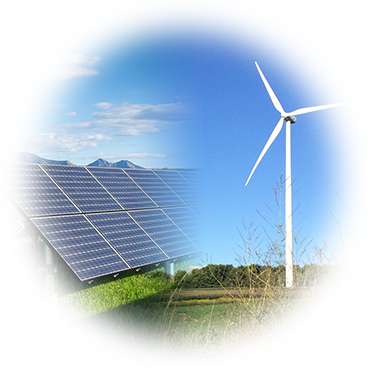Atmospheric Research for Renewable Energy Development
Wind power is a variable power source, dependent on weather conditions. Electric grid operators keep the grid stable by balancing the variable amount of power produced from wind farms by increasing or decreasing power production from conventional generation stations, including coal and natural gas.
Having advance knowledge of when wind power will ramp up or down through accurate weather forecasts can lead to significant improvements in the efficiency of operation of these fossil fuel plants, as well as the entire electrical grid system, resulting in lower costs as well as lower CO2 emissions. Lowering the costs of integrating wind energy onto the grid will accelerate the development of wind energy as a growing component of the Nation's energy portfolio.
What we do
The Physical Sciences Laboratory collaborates with the U.S. Department of Energy , private sector companies, universities, and other branches of NOAA through field programs focusing on wind energy forecasting.
Our role has been to deploy and analyze observations of the boundary layer and lower troposphere, especially using radar wind profilers and microwave radiometers; other instruments include surface meteorological stations, sodars, ceilometers, sonic anemometers, and networks of microbarographs.
These instruments serve two roles: first, as data sets to be assimilated into numerical weather prediction models; and second, for evaluation of the physical parameterization schemes in those models.
Page last updated: February 15, 2024

- Related Projects and Information
- WFIP3 - Offshore New England
- WFIP2 - Pacific Northwest
- WFIP1 - Great Plains
- Experimental Ramp Tool & Metric
- Renewable Energy Team